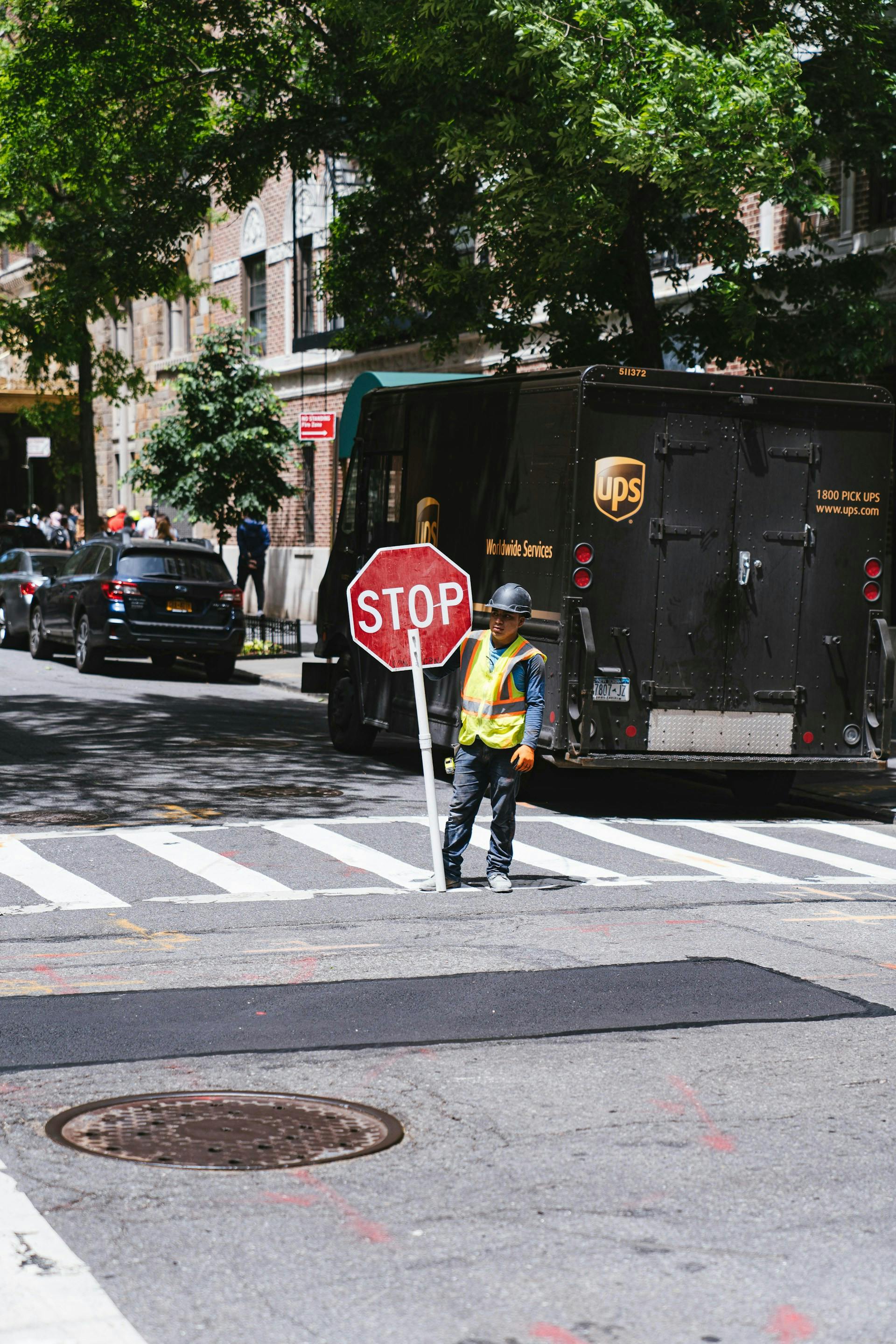Blog Sustainability
The Hidden Environmental Cost of Online Shopping: Why Last-Mile Delivery is a Big Problem
Kubby Team|August 14, 2024
Online shopping is more convenient than ever, but behind the ease of getting packages delivered to your door lies a significant environmental issue—last-mile delivery. This final leg of the delivery process is the most environmentally damaging, contributing a disproportionate amount to urban pollution and carbon emissions.
Last-mile delivery is responsible for a staggering 30% of all greenhouse gas emissions in cities, 40% of fine particle pollution, and 50% of diesel consumption. As the demand for faster shipping increases, more delivery vehicles hit the streets, clogging traffic and further exacerbating air pollution.
The rapid growth of e-commerce has intensified these problems. The sheer volume of deliveries means more vehicles are required to make more stops, often for just a single package. This inefficiency is one of the biggest contributors to the environmental footprint of the products we order online.
The reality is that last-mile delivery not only creates more pollution but also makes our cities less livable. The increased traffic congestion from delivery trucks leads to longer commutes, more accidents, and a general decline in air quality. Despite the push for greener technologies and better logistics, the environmental burden of last-mile delivery remains a critical issue that demands our attention.
For Gen Z and Millennials, who are increasingly concerned about sustainability, this issue should be at the forefront when considering the true cost of their online shopping habits. Understanding the severe impact of last-mile delivery is crucial as this demographic continues to shape the future of e-commerce.
Supporting Data Sources:
Univers Retail, OneRail, Newsroom | Accenture, Shippit